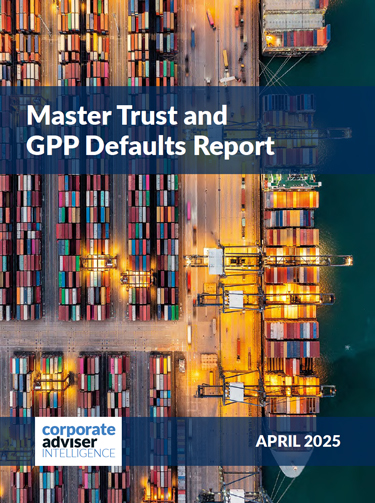Only the poorest pensioners stand will see the full benefit of the 8.5 per cent increase in the state pension expected next year, under the terms of the triple lock.
This should be the second highest increase to the state pension after this April’s 10.1 per cent bumper increase.
But that the majority of pensioners, who have additional private or workplace pensions will see a smaller increase in their overall income, thanks to the effect of frozen tax allowance, also known as ‘fiscal drag’.
Analysis by St James’s Place suggests that most of these pensioners will be looking at an overall increase of 7.8 per cent rather than the full 8.5 per cent – and this is assuming the government does not amend the terms of the triple lock to strip out the effect of bonus payments from the latest earnings figures.
The personal allowance of £12,570, along with the bands at which people pay higher and additional rate tax, have been frozen since in 2021 and are expected to remain the same until at least the 2025/26 tax year. The decision to freeze these allowances was introduced by Rishi Sunak when he was chancellor at the start of this Parliament.
St James’s Place divisional director for retirement and holistic planning Claire Trott says this could impact the majority of pensioners.She gives the example of someone with extra income of £5,000 a year, gross on top of their state pension.
“With a full new state pension they would have paid around £613 in tax, which is 20 per cent of their income, including the state pension over the personal allowance of £12,570.
“Assuming that the personal allowance remains frozen next year, as expected then the same person next year will pay tax of around £794 — even though we are assuming the income outside of the state pension isn’t increasing.
“This basically means that the increase in state pension will be eroded and they will only really benefit from an increase in the money they have in their pocket of 6.8 per cent.”
Standard Life’s Dean Butler points out that the new state pension currently accounts for less than three quarters (70 per cent) of the personal allowance, but if the state pension is increased by 8.5 per cent it will be around 92 per cent of the personal allowance from next year.
Trott says this issue would be exacerbated for those who have higher private pension or other income and fall into higher rate bands.
She adds: “We should remember that state pensions are paid gross and any taxation is usually taken from other sources of income, if possible through tax code adjustments, or for those with income outside of the PAYE regime, through self-assessment at the end of the year.”





